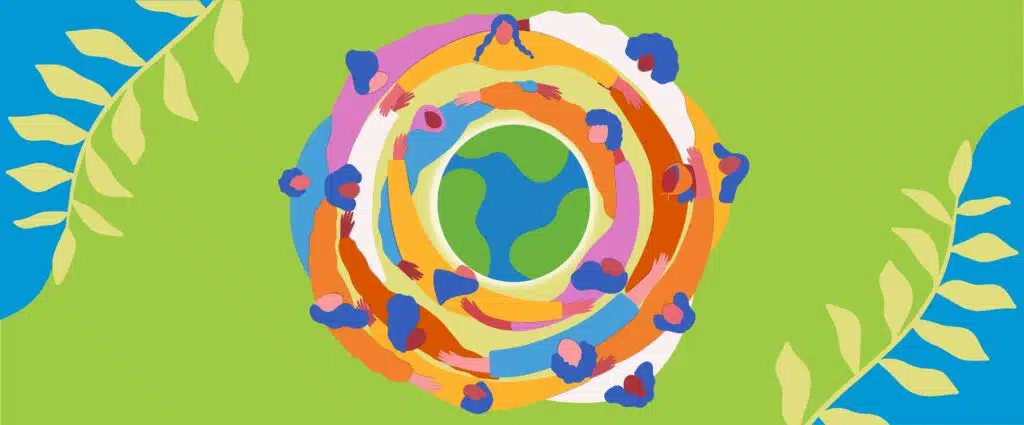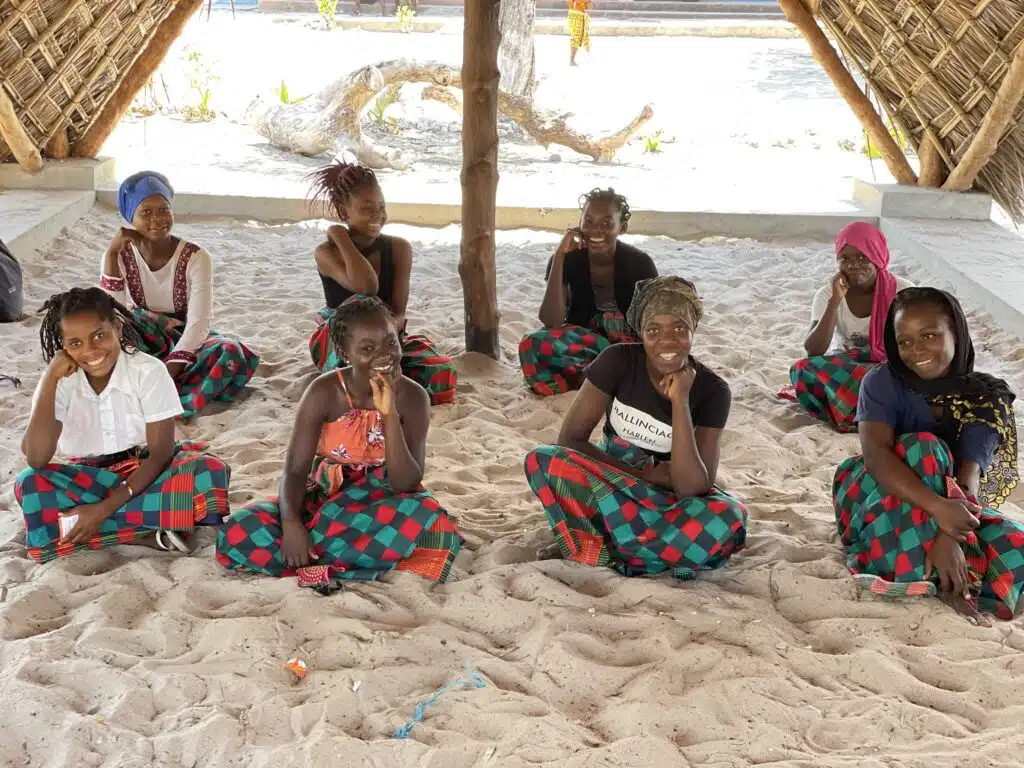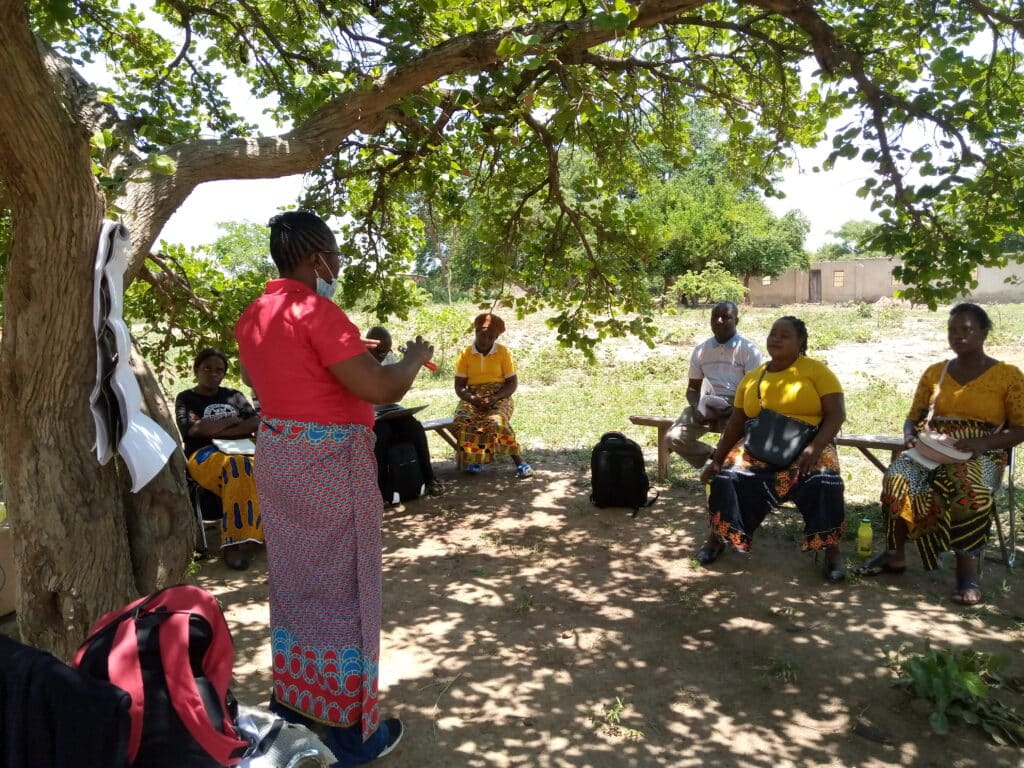Definitions
Gender-Based Violence (GBV)
Is any harmful act or threatened act directed at an individual or group based on their gender (or perceived gender). GBV is a serious violation of human rights and can lead to life-long repercussions for survivors and their communities. For instance, a robust body of research has demonstrated a wide-range of negative mental health consequences of GBV—including PTSD, depression, anxiety, and suicidality—as well as intergenerational impacts (e.g., witnessing or experiencing GBV in childhood can increase risk of violence perpetration and victimization in adulthood). GBV includes various forms of violence that are rooted in unequal power dynamics between genders and disproportionately affects women and and girls. GBV can occur in both private and public settings and can manifest as physical, sexual, psychological and economic violence.
Psychological and economic forms of GBV include threats, manipulation, coercion, restricted/removed access to finances, and banned from attending work or school.
Comprehensive Sexuality Education (CSE)
Refers to a holistic and rights-based approach to sexuality education and can be for all genders and people of all ages. The comprehensive aspect of CSE refers to the breadth, depth, and consistency of topics, as opposed to one-off interventions. CSE addresses sexual and reproductive health issues, including, but not limited to: sexual and reproductive anatomy and physiology; puberty and menstruation; reproduction, contraception, pregnancy, and childbirth; and STIs, including HIV and AIDS.
Menstrual Health and Hygiene (MHH)
Is an integral component of CSE in that understanding and managing menstruation is a crucial aspect of sexual and reproductive health. In a comprehensive approach to sexuality education, menstrual health is typically addressed in the context of broader topics related to reproductive health, gender equality, and human rights. Menstrual health is a human right as recognized by UNFPA.
GBV Root Causes and Manifestations
The root cause of GBV is power imbalance and systemic gender inequality upheld by individual attitudes, social norms as well as various policies and structures. Gender inequality can intersect with other systems of oppression (racism, colonialization, homophobia, ableism, etc.) that places women and certain social groups at higher risk of GBV than others. Other manifestations of gender inequality create an environment where violence against women and other marginalized gender identities is more likely. Understanding this root cause is essential for developing effective strategies to prevent and address GBV. The below represent relevant manifestations of GBV where sexual, reproductive and menstrual health strategies can have an impact:
- Cultural and Social Norms:
- Traditional norms and cultural practices that reinforce rigid gender roles and expectations can contribute to the normalization of violence. Societal acceptance or indifference to certain forms of violence can perpetuate its occurrence.
- Traditional norms and cultural practices that reinforce rigid gender roles and expectations can contribute to the normalization of violence. Societal acceptance or indifference to certain forms of violence can perpetuate its occurrence.
- Economic Inequality:
- Economic disparities between women and men can create situations where individuals experiencing violence are economically dependent on their abusers. This dynamic can make it challenging for survivors to leave abusive relationships.
- Pressures related to societal expectations, financial stress, and other external factors can contribute to tension within relationships, potentially triggering men’s use of violence.
- Lack of Awareness and Education:
- While it is important to note that individuals from all educational backgrounds experience gender-based violence, limited access to education, particularly for women and girls, can exacerbate risk. Education empowers individuals, fosters critical thinking, and challenges harmful gender stereotypes.
- Ignorance or misinformation about the nature and consequences of gender-based violence and the rights of individuals can contribute to its perpetuation. Awareness and education campaigns combined with other interventions can be helpful in challenging harmful attitudes and behaviors.
Examples of GBV related to reproductive and menstrual health
Based on desk research, partner organization experience (such as HaRT) and AFRIpads own training and pilot study findings from the past 13 years, menstruating and reproductive age women and girls have shared several scenarios (as described below) in which the lack of access to safe, consistent and sufficient menstrual products—or misinformation about menstruation—can increase their risk of experiencing GBV:
Physical or psychological violence from family members, spouses, colleagues, or classmates due to improvising for managing their monthly periods. They need to cut up household items or clothing or use extra toilet paper to manage. When these methods fail, they get spotting or leaking which puts them at risk for stigmatization and bullying. The violence comes as a result of ‘wasting’ materials and a misunderstanding of the causes of spotting or leaking. For instance, the girl may be stigmatized as having lost her virginity, when in reality she is experiencing the first, unexpected, day of her period.
Transactional sex is frequently reported by adolescent girls as an act they engage in to get money for menstrual products (for in exchange for the product itself). These menstrual products which are needed for basic dignity and hygiene are also often needed to remain in school. Sometimes however adolescents choose to continue the practice as they see minimal options for their future. This sense of hopelessness can also lead to dropping out of school and/or engaging in sex work. This is also common amongst mothers desperate to protect themselves, or their daughters, for a normal, monthly biological process.
Assault and rape caused by cultural norms of not allowing women to wash and dry their menstrual products/improvisations during the daytime meaning they are forced to manage this at night—exposing them to unsafe public and private facilities (e.g., far away, poor designs like no lighting or door locks, etc.).
Early/forced/child marriage, because menarche (the onset of the first period in young girls) is associated with being ready for marriage in some communities. Especially for girls from poorer households, as caregivers may be eager to shift the financial responsibility of taking care of the girl to a new husband/family.
Gender inequality in general as a result of misconceptions/myths and fear of violence that prohibit menstruators to enter the kitchen, a place of worship, school or the workplace and perpetuates gender discrimination. The result puts girls and women at a disadvantage in continuing or finishing education and participating fully in economic activities.
A note on access to GBV response support: For survivors of GBV, lack of access to menstrual products can sometimes impede a girl or woman from accessing supportive services in the aftermath of GBV. An inability to access supportive services, such as healthcare, psychosocial support, or legal services, can put women and girls at risk of experiencing additional GBV in the future.
How CSE and MHH interventions can contribute to lowering cases of GBV
Interventions focused on sexual, reproductive, and menstrual health can contribute to reducing risk of gender-based violence (GBV) in the above situations through several mechanisms. These interventions often promote more gender equitable norms, promote education and awareness, and empower individuals to seek support and/or speak out against violence:
- Increased Empowerment and Education:
- Sexual and reproductive health programs include education on the importance of consent, communication, and respectful intimate relationships. This knowledge can contribute to a culture of mutual respect and reduce instances of sexual violence.
- Menstrual health and hygiene programs include educational components that empower women and girls by providing them with knowledge about their bodies and reproductive health. Education and empowerment are recognized as protective factors against various forms of violence.
- Girls with access to quality and sufficient menstrual products can dramatically reduce absenteeism, for instance many go from missing up to 4 days per month of school to missing just 1 day per month.
- Economic Empowerment:
- Menstrual health programs that address issues of affordability and access to menstrual products can have economic effects. Economic independence is often linked to a decreased risk of experiencing violence as it may facilitate leaving abusive relationships or prevent participation in transactional sex or sex work.
- Improved Access to Menstrual Health Resources:
- Some menstrual health programs aim to improve access to education for girls by addressing barriers related to menstruation. Access to education is often associated with increased awareness, confidence, and economic opportunities.
- This includes reducing stigma and shame as menstrual health interventions that address those misperceptions associated with menstruation which can result in an overall environment of dignity and respect.
- Community Engagement:
- Programs that engage communities in discussions about menstrual health may contribute to changing harmful social norms and reducing stigma against menstruating girls/women. When communities actively support healthy menstruation practices, it creates a safer environment for individuals.
It's important to note that the manifestations of GBV can vary across different societies and cultures and that these sexual, reproductive and menstrual health interventions alone are one part of a solution, but when integrated into broader efforts, they can have a positive impact.
In Conclusion
As HaRT has reiterated in this article, GBV is prevalent worldwide with the root cause being systemic gender inequality. Interventions which take action, not just raise awareness, for some of the triggers of GBV and roots of gender inequality are worth championing. Menstruation and gender-based violence are interlinked and providing for MHH in the form of products and education is a tangible way to contribute to the safety and empowerment of girls and women. AFRIpads believes that addressing MHH barriers, including with including men and boys in the conversation to understand the reproductive process as well as understand menstruation as the normal and natural process it is, can be one action towards stopping gender-based violence and resetting the gender power imbalance.
AFRIpads is a Ugandan-based social enterprise manufacturing high quality, reusable sanitary pads and underwear. Their use of evidence in both product and training and education has made them a leader in the MHH sector. Authors: Gloria Nirere and Michelle Tjeenk Willink HaRT (Healing & Resilience after Trauma) is a feminist organization (registered non-profit in the US but active in Uganda) that aims to cultivate a safe and supportive environment where participants can experience healing as they connect and build trust with each other, supporting survivors of gender-based violence. Authors: Sophie Namy and Cady Carlson



